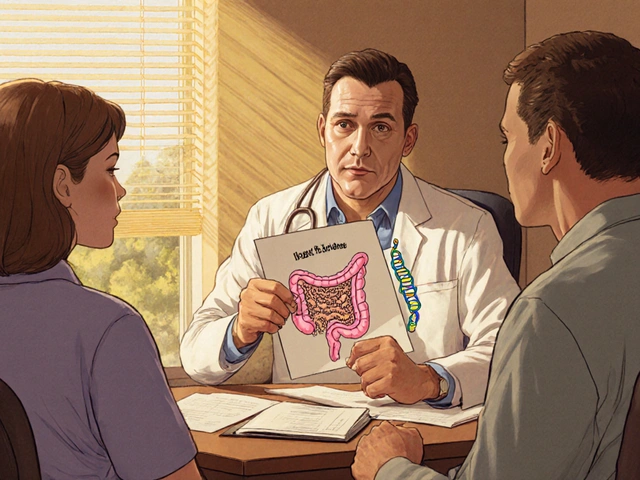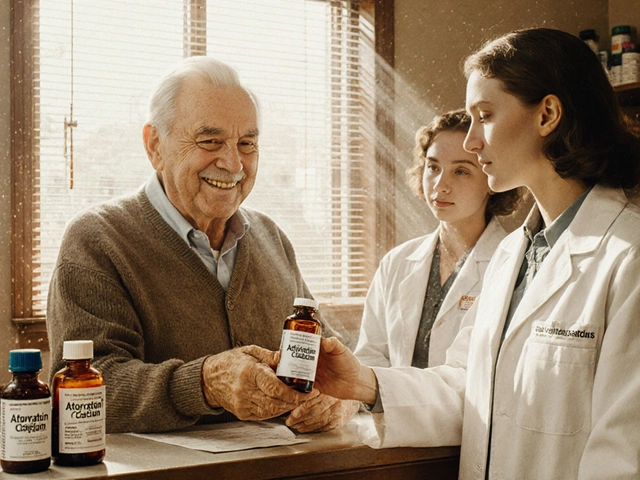Manage Statin Side Effects: Practical Tips to Stay on Therapy
Statins are the go‑to drugs for lowering bad cholesterol, but they can bring uncomfortable side effects that make many people think about stopping. When you know what’s causing the problem and how to fix it, you can keep the heart‑protecting benefits without the hassle.
What side effects show up and why
The most common complaints are muscle aches, stiffness, or a feeling of weakness. Statins can affect how muscles use energy, leading to that sore‑muscle feeling after a workout or even at rest. Some people notice digestive upset – nausea, gas, or mild diarrhea – because the liver is working harder to process the drug. Rarely, liver enzymes rise enough to cause jaundice or fatigue, and a small group reports memory fog or sleep disturbances.
Understanding the cause helps you target the right fix. If the problem is muscle‑related, it’s often linked to dosage or the specific statin type. Digestive issues usually stem from taking the pill on an empty stomach. Liver concerns normally show up in routine blood tests, so regular check‑ups catch them early.
Everyday ways to ease or prevent side effects
First, talk to your doctor before changing anything. A simple dose adjustment – dropping from 80 mg to 40 mg, for example – can cut muscle pain in half. Switching to a different statin (like moving from rosuvastatin to pravastatin) may also help, because each one is processed slightly differently by the body.
Take your statin with food, especially if you have stomach upset. A small meal or a glass of milk can buffer the medication and reduce nausea. Staying hydrated and spreading protein intake throughout the day supports muscle health, which can lessen aches.
Include Coenzyme Q10 (CoQ10) supplements if you’re prone to muscle pain. Statins lower natural CoQ10 levels, and a 100 mg daily supplement has shown relief for many users. Always choose a reputable brand and discuss the addition with your pharmacist.
Exercise smartly. Light to moderate activity keeps muscles flexible without overloading them. Warm‑up for 5‑10 minutes, stretch after workouts, and listen to your body – if soreness lasts more than a day, dial back the intensity.
Regular blood tests are a must. Your doctor will check liver enzymes and muscle markers (like CK) every few months. If numbers stay normal, you’re probably safe to continue. If they rise, your provider may pause the statin for a short period or suggest an alternative.
Finally, don’t go cold turkey on your own. Stopping suddenly can cause a rebound rise in cholesterol, increasing heart‑attack risk. If you feel you must stop, taper under medical supervision and explore other cholesterol‑lowering options such as ezetimibe, PCSK9 inhibitors, or lifestyle changes.
Managing statin side effects is mostly about communication, small adjustments, and adding supportive habits. With the right plan, you can keep the drug’s heart‑saving power while keeping daily life comfortable.
How to Minimize the Risk of Atorvastatin Drug Interactions
Learn practical steps to lower the chance of dangerous atorvastatin drug interactions. Covers metabolism, common culprits, monitoring tips, and tools for safe use.
Read





